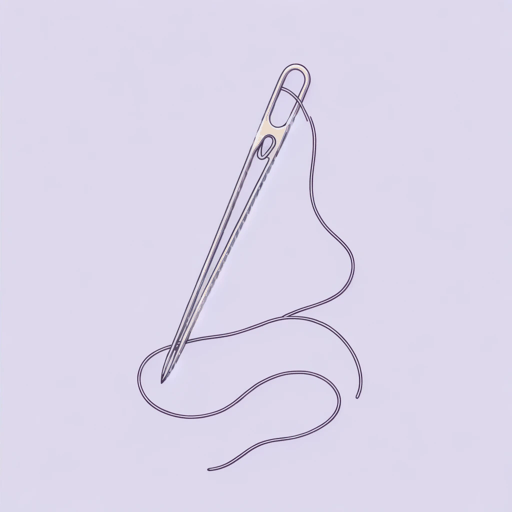18 pages • 36 minutes read
Alice Moore Dunbar-NelsonI Sit and Sew
Fiction | Poem | Adult | Published in 1988A modern alternative to SparkNotes and CliffsNotes, SuperSummary offers high-quality Study Guides with detailed chapter summaries and analysis of major themes, characters, and more.
Literary Devices
Form and Meter
The poem is made up of three seven-line stanzas, or three six-line stanzas with a refrain. Each stanza has three couplets and a repeated last line, as if a poem of septets is interrupted by the insistent repetition, which only slightly changes in the third stanza. Seven-line stanza forms are unusual; a form called “rhyme/rime royal” is the best known. Rhyme royal has a different, alternating rhyme pattern, but the same iambic pentameter lines. Dunbar-Nelson may have been harking to it as a gesture, since rhyme royal holds such a significant place in English literary history: Brought into English use by Chaucer, it was practiced by James I (hence the “royal” name). The refrain line not only has no partner, as the preceding couplets do, but is appears as a trimeter line in the first two stanzas, only emerging as a full pentameter line in the final stanza, as the speaker’s frustration finally boils over: “It stifles me—God, must I sit and sew?” (Line 21).
The rhyme pairs are significant in places: The contextual contrast of “Death/breath” in Lines 5 and 6 shows the cleverness and skill of the poet.

